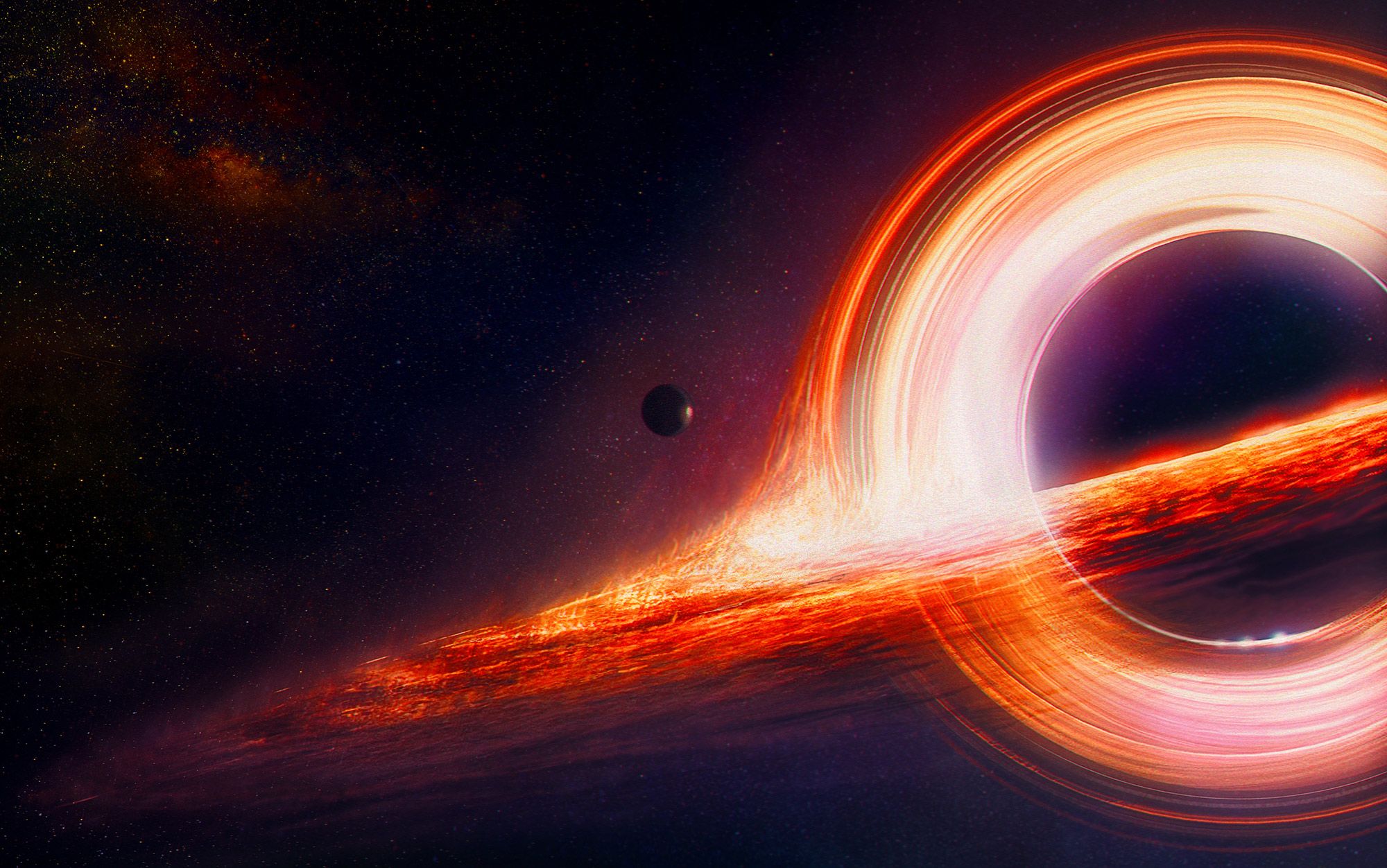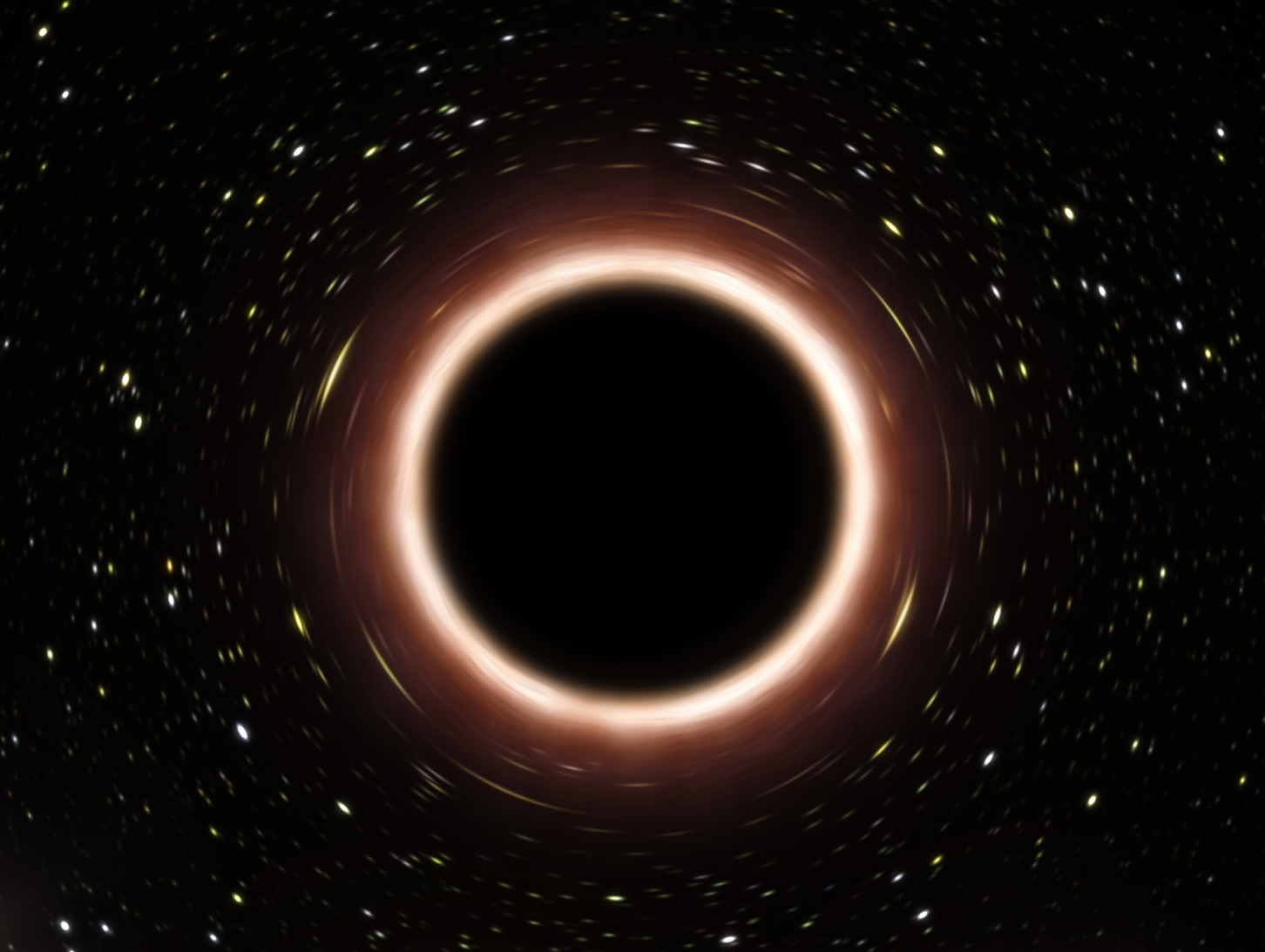
Unveiling the Enigmatic Cosmos: An Exploration of Black Holes
In the vast expanse of the universe, few celestial phenomena capture our collective imagination and curiosity quite like black holes. These enigmatic cosmic entities, once the realm of science fiction, have become a focal point of astrophysical research and an essential part of our understanding of the cosmos. In this comprehensive article, we will embark on a journey through the intriguing world of black holes, exploring their formation, characteristics, effects on the universe, and the mysteries they continue to unravel.
What is a Black Hole?
A black hole is a region in space where the gravitational pull is so intense that nothing, not even light, can escape its grasp. This absence of emitted light gives black holes their name, as they appear completely black, seemingly invisible against the backdrop of stars and galaxies.
Formation of Black Holes
Black holes can form through various mechanisms, but the two most common processes are:
1. Stellar Black Holes
These are formed from the remnants of massive stars that have undergone a supernova explosion. When such a star exhausts its nuclear fuel, its core collapses under the force of gravity. If the core mass exceeds a critical threshold (about 2.5 to 3 times the mass of the Sun), it continues to collapse, eventually forming a black hole.
2. Supermassive Black Holes
Supermassive black holes are found at the centers of most galaxies, including our own Milky Way. Their origin is still a subject of ongoing research, but they are believed to have formed and grown over billions of years through accretion of matter, mergers with other black holes, and a complex interplay of astrophysical processes.
Characteristics of Black Holes
Black holes exhibit several distinctive features:
1. Event Horizon
The event horizon is the boundary beyond which nothing can escape the black hole’s gravitational pull. It is often referred to as the “point of no return.” Once an object crosses this boundary, it is inevitably drawn into the black hole.
2. Singularity
At the heart of a black hole lies a point of infinite density called a singularity. It is believed to be the core remnant of the collapsed star, where the laws of physics as we currently understand them break down.
3. Size and Mass
The size of a black hole is determined by its mass. Stellar black holes typically have a mass between about 3 to 20 times that of the Sun, while supermassive black holes can be millions or even billions of times more massive than our Sun.
4. Effects on Space-Time
Black holes warp the fabric of space-time around them, creating gravitational distortions that affect nearby objects and the paths of light rays. This phenomenon, predicted by Einstein’s theory of general relativity, has been confirmed through observations.
Effects on the Universe
Black holes play a crucial role in shaping the universe:
1. Galaxy Evolution
Supermassive black holes at the centers of galaxies influence their formation and evolution. They are believed to regulate star formation by emitting intense radiation and driving powerful jets of particles into space.
2. Cosmic Mysteries
Black holes are essential in our quest to understand fundamental questions about the universe, such as the nature of dark matter, dark energy, and the fundamental properties of gravity.
3. Gravitational Waves
The merging of black holes produces gravitational waves—ripples in space-time itself. Detecting these waves has opened a new era of astronomy, allowing scientists to study cosmic events previously hidden from observation.
The Ongoing Quest to Understand Black Holes
Despite the tremendous progress in black hole research, these cosmic phenomena remain shrouded in mystery. Several unanswered questions continue to intrigue scientists and drive their investigations:
1. Information Paradox
The fate of information that falls into a black hole is a vexing problem. According to quantum mechanics, information cannot be destroyed, yet it seems to vanish when objects are consumed by a black hole. Resolving this paradox is a major challenge in modern physics.
2. Singularities
The singularities at the heart of black holes represent a breakdown in our understanding of the laws of physics. A unified theory that reconciles general relativity and quantum mechanics is needed to accurately describe the conditions within black holes.
3. Dark Matter and Dark Energy
Black holes may hold clues about the elusive dark matter and dark energy that make up the majority of the universe’s mass and energy.
Conclusion
Black holes are cosmic wonders that challenge our understanding of the universe. They are not just celestial oddities but central actors in the grand cosmic drama, influencing the evolution of galaxies and revealing profound insights into the laws governing the cosmos. As scientific research continues to advance, we can look forward to unlocking more of the secrets hidden within these mysterious and captivating entities, expanding our knowledge of the universe and our place within it. The study of black holes, like the universe itself, is an ever-expanding frontier of human exploration and discovery.

